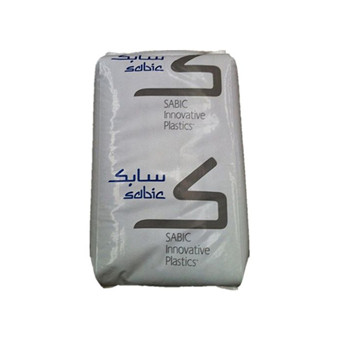Technical Data Sheet
| physical property | Test Condition | Test Method | Test Result |
|---|
| Melt volume flow rate | | ISO 1133 | 30.0 cm3/10min |
| flammability | Test Condition | Test Method | Test Result |
|---|
| UL flame retardant rating | | UL 94 | V-0 |
| Mechanical properties | Test Condition | Test Method | Test Result |
|---|
| Tensile modulus | | ASTM D638 | 2680 Mpa |
| Tensile modulus | | ISO 527-2/1 | 2680 Mpa |
| tensile strength | | ASTM D638 | 65.0 Mpa |
| tensile strength | | ASTM D638 | 60.0 Mpa |
| tensile strength | | ISO 527-2/5 | 61.0 Mpa |
| tensile strength | | ISO 527-2/50 | 66.0 Mpa |
| tensile strength | | ASTM D638 | 49.0 Mpa |
| tensile strength | | ASTM D638 | 47.0 Mpa |
| tensile strength | | ISO 527-2/5 | 46.0 Mpa |
| tensile strength | | ISO 527-2/50 | 47.0 Mpa |
| elongation | | ASTM D638 | 4.0 % |
| elongation | | ASTM D638 | 4.0 % |
| elongation | | ISO 527-2/5 | 4.0 % |
| elongation | | ASTM D638 | 58 % |
| elongation | | ASTM D638 | 31 % |
| elongation | | ISO 527-2/5 | 50 % |
| elongation | | ISO 527-2/50 | 21 % |
| Flexural modulus | | ISO 178 | 2720 Mpa |
| bending strength | | ISO 178 | 97.0 Mpa |
| Impact resistance | Test Condition | Test Method | Test Result |
|---|
| Multi axis Instrumented Impact Energy | | ISO 6603-2 | 85.0 J |
| Filling analysis | Test Condition | Test Method | Test Result |
|---|
| melt viscosity | | ISO 11443 | 105 Pa·s |
| injection | Test Condition | Test Method | Test Result |
|---|
| drying temperature | | | 80 to 90 °C |
| drying time | | | 2.0 to 4.0 hr |
| Suggested maximum moisture content | | | 0.020 % |
| Hopper temperature | | | 60 to 80 °C |
| Temperature at the rear of the barrel | | | 200 to 230 °C |
| Temperature in the middle of the barrel | | | 220 to 260 °C |
| Temperature at the front of the material cylinder | | | 230 to 270 °C |
| Spray nozzle temperature | | | 220 to 260 °C |
| Processing (melt) temperature | | | 230 to 270 °C |
| Temperature | | | 50 to 70 °C |
| Thermal performance | Test Condition | Test Method | Test Result |
|---|
| Heat distortion temperature | | ISO 75-2/Bf | 90.0 °C |
| Heat distortion temperature | | ISO 75-2/Af | 81.0 °C |
| vicat | | ISO 306/B50 | 96.0 °C |
| vicat | | ISO 306/B120 | 98.0 °C |
| Linear coefficient of thermal expansion | | ISO 11359-2 | 6.3E-5 cm/cm/°C |
| Linear coefficient of thermal expansion | | ISO 11359-2 | 6.3E-5 cm/cm/°C |
IMPORTANT NOTES: Plas.com collected the data in the data sheet from the material manufacturers. Plas.com makes the best effort to improve the accuracy of the data, but has no responsibility for the data. We strongly recommend verifying the validity of the data with the material manufacturers before making a final decision.
